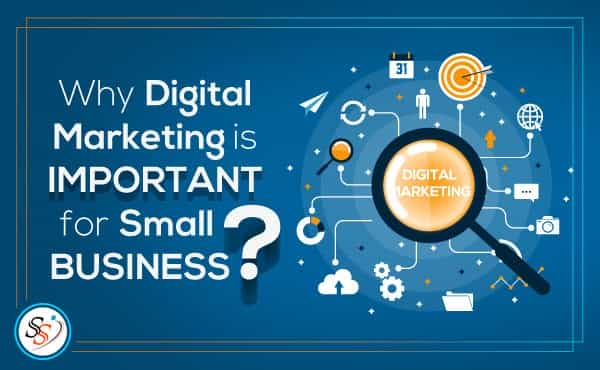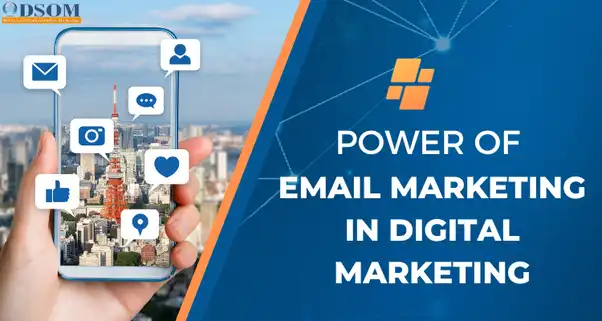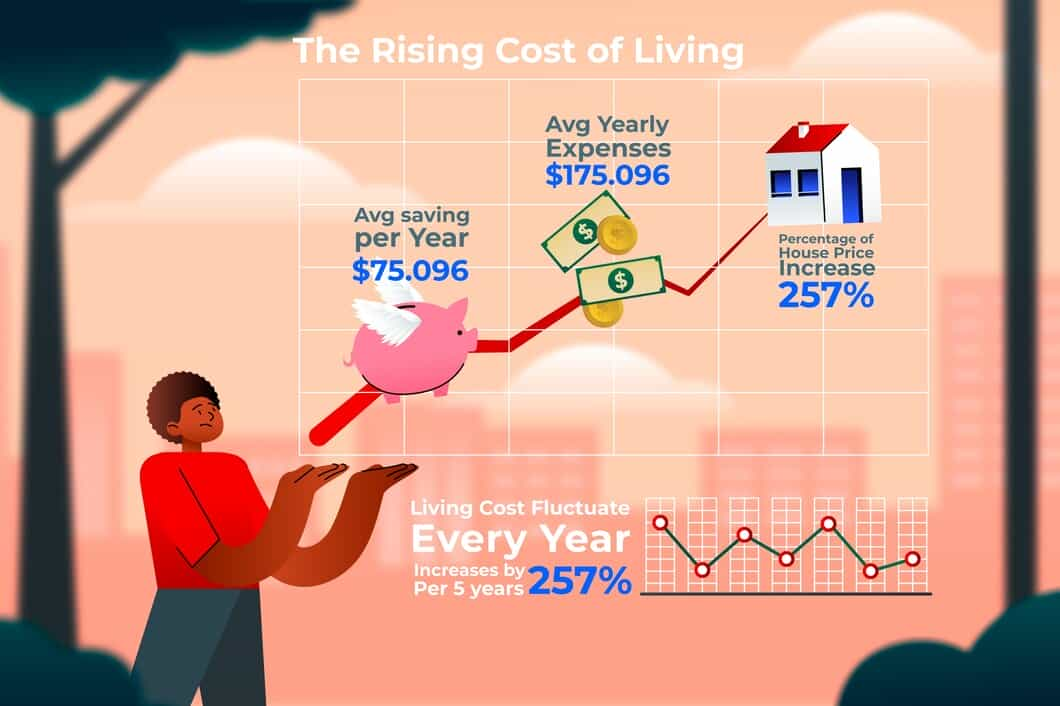10 Time Management Techniques for Executives to Boost Productivity
Mia Anderson

Photo: 10 Time Management Techniques for Executives to Boost Productivity
Do you find yourself constantly racing against the clock, struggling to balance the myriad responsibilities that come with being an executive? Effective time management is a challenging yet crucial skill for any leader aiming to optimize their performance and drive their organization forward. This article will equip you with 10 powerful time management techniques, specifically tailored to executives, that will revolutionize the way you approach your work and significantly boost your productivity.
Effective Scheduling: Mastering the Executive Calendar
The first step towards efficient time management is gaining control over your calendar. Executives often find their schedules overwhelmed with back-to-back meetings, leaving little room for focused work. Peter Drucker, in his book The Effective Executive, emphasizes the importance of calendar audits.
"Effective executives know where their time goes. They work systematically at managing the small amount of time that can be brought under their control."
Conduct a weekly review of your calendar to identify areas where you can reclaim time. Ask yourself if your presence is truly indispensable for each engagement. By delegating tasks and learning to say "no," you can free up valuable time for more strategic responsibilities.
Consider adopting the concept of "office hours," as suggested by Y-Combinator's Paul Graham. Set aside dedicated blocks of time for meetings, preferably at the end of your workday, to minimize interruptions during deep work periods. Communicate these office hours to your team, allowing them to sign up for meetings during these specified times.
Prioritization Strategies: The Eisenhower Matrix
With a myriad of tasks vying for your attention, prioritization becomes essential. The Eisenhower Matrix, a popular time management technique, provides a simple yet effective framework for task prioritization. It categorizes tasks into four quadrants based on urgency and importance:
- Quadrant I: Urgent and Important (Do first)
- Quadrant II: Not Urgent but Important (Schedule time for these tasks)
- Quadrant III: Urgent but Not Important (Delegate)
- Quadrant IV: Not Urgent and Not Important (Eliminate or defer)
By organizing your tasks in this manner, you can ensure that you're focusing on the truly important and urgent matters first, delegating effectively, and eliminating time-wasters.
Time-Blocking for Enhanced Focus
Time-blocking involves allocating specific blocks of time in your schedule for different types of tasks. This technique helps you stay focused by dedicating your full attention to one type of activity during a designated time slot.
For example, you might designate Mondays for content creation, Tuesdays for strategic planning, and Wednesdays for research. Within these broader themes, you can further implement "time boxing," setting fixed time limits for specific tasks.
"Every Monday, I will focus on content creation. From 9 am to 11 am, I will write a first draft of my blog post. By setting this time box, I challenge myself to work efficiently and minimize context switching."
This approach not only improves productivity but also reduces mental fatigue, allowing you to make the most of your time.
Mastering the Art of Delegation
As an executive, recognizing the importance of delegation is crucial. It not only frees up your time but also empowers your team and fosters their growth. Trust your team members to handle tasks that don't require your unique expertise.
However, effective delegation involves more than just assigning tasks. It requires clear communication, providing necessary resources, and establishing accountability. Ensure that your team understands the "why" behind the task and how it contributes to the bigger picture.
Additionally, set clear expectations and deadlines, providing the necessary tools and guidance to help them succeed. By investing time in proper delegation, you'll reap the rewards in terms of increased efficiency and improved team morale.
Optimizing Meetings: The Power of One-on-Ones and Skip-Level Sessions
Meetings can be a significant drain on an executive's time if not managed effectively. To counter this, focus on optimizing your meetings to ensure they are productive and worthwhile.
Andy Grove, in his book High Output Management, emphasizes the importance of one-on-one meetings:
"Ninety minutes of your time can enhance the quality of your subordinate's work for two weeks, or for some eighty-plus hours. [...] One-on-ones are an important way to manage the flow of information up and down the organization."
These dedicated sessions allow you to transmit guidance and receive valuable feedback, fostering a more efficient and engaged workforce.
Additionally, consider incorporating skip-level meetings, especially in larger organizations. By engaging directly with individuals below your direct reports, you gain valuable insights and build stronger connections within your company.
Leveraging Technology for Time Efficiency
In today's digital age, a myriad of tools and software solutions can streamline your work and save precious time. Embrace technology to automate mundane tasks, enhance collaboration, and improve overall efficiency.
Project management platforms like Asana, Trello, or Monday.com enable you to organize tasks, set deadlines, and track progress in one centralized location. Communication tools like Slack or Microsoft Teams facilitate instant messaging and file sharing, reducing the need for lengthy email threads.
Additionally, time-tracking software, such as RescueTime or Toggl, can provide valuable insights into how you spend your time, helping you identify areas for improvement and maximize your productivity.
Energy Management: Working Smarter, Not Harder
Time management is not just about squeezing more tasks into your day; it's about working smarter and making the most of your energy levels. Identify your most productive hours and schedule your most important tasks during those periods.
For example, if you're a morning person, tackle complex projects first thing in the morning when your energy and focus are at their peak. Conversely, if you tend to feel more energized in the afternoon, use your mornings for less demanding tasks and administrative work.
Additionally, incorporate breaks into your schedule to recharge and refocus. Short breaks throughout the day and a proper lunch break can help prevent burnout and maintain sustained productivity.
The Power of Routine and Rituals
Establishing daily routines and rituals can significantly enhance your time management and overall productivity. Routines provide structure and predictability, allowing you to optimize your workflow and make better use of your time.
Design a daily routine that sets the tone for a productive day. This might include waking up early, engaging in a morning routine that prepares your mind and body for the day ahead, and setting aside dedicated time for focused work, meetings, and strategic thinking.
Rituals, on the other hand, provide a sense of familiarity and comfort. They can be as simple as starting your day with a cup of coffee and a to-do list or ending your day by reviewing your accomplishments and setting goals for the next one. These rituals create a sense of consistency and help you stay grounded, even during chaotic workdays.
Time Management Beyond the 9-to-5
As an executive, your work often extends beyond the traditional 9-to-5 schedule. To maintain a healthy work-life balance, it's crucial to set boundaries and make the most of your time outside the office.
Delegate tasks that can be handled by your team, and trust them to make decisions without your constant involvement. This empowers your team and gives you back personal time.
Additionally, make use of downtime during travel or commutes. Catch up on reading, respond to emails, or engage in reflective thinking. By maximizing these pockets of time, you create more space in your schedule for non-work commitments and self-care.
Continuous Improvement: Reflect and Adjust
Time management is a continuous journey of self-improvement and adjustment. Regularly reflect on what's working and what could be improved.
Set aside time each week to review your progress, assess your time management strategies, and make any necessary adjustments. Identify areas where you tend to lose focus or procrastinate and develop strategies to overcome these challenges.
By continuously refining your approach, you'll develop a deeper understanding of your own work habits and how to optimize them for maximum productivity.
Conclusion
Effective time management for executives is a multifaceted endeavor, requiring a combination of strategic planning, efficient scheduling, and a proactive mindset. By adopting these techniques and tailoring them to your unique needs, you'll be well on your way to maximizing your time and achieving unprecedented levels of productivity.
Remember, time is your most valuable resource, and by managing it effectively, you'll be able to drive not just your own success but also the success of your organization.
Marketing
View All
January 21, 2025
Why Digital Marketing is Vital for SMBsDiscover why small businesses must adopt digital marketing in 2024. Learn tips and tactics to compete in the digital age. Take your business online today!
Mia Anderson

January 23, 2025
10 Content Strategies for Digital SuccessCreate winning content with these 10 proven digital marketing strategies. Enhance engagement and conversions starting today!
Mia Anderson

January 25, 2025
Email Marketing in the Digital AgeUnlock the power of email marketing with modern strategies tailored for the digital age. Connect with your audience like never before!
Mia Anderson
Entertainment
View AllDiscover the hottest entertainment news and updates! Stay ahead with the latest trends and exclusive stories. Click now for breaking news.
Mia Anderson
Discover the latest exclusive movie releases that everyone’s talking about. Don’t miss out click to stay ahead of the curve!
Mia Anderson
Discover the latest tips for creating a top fan website in 2024. Learn key strategies and boost your site’s success click to read the complete guide now!
Mia Anderson
Discover the latest tips for creating a top-notch home theater in 2024. Learn expert advice on setup, gear, and design. Start your home theater journey today!
Mia Anderson
Automotive
View AllForecast the EV market of 2030. Learn about expected growth rates, market penetration, and the rise of EV ownership globally.
Read MoreNeed cash fast? Discover how to sell your car for cash with quick and reliable methods!
Read MoreLearn the key factors influencing EV adoption, from cost and range to charging infrastructure and environmental concerns.
Read MorePolular🔥
View All
1
2
3
4
5
6
7
8
9
10
Technology
View All
August 28, 2024
Harnessing Machine Learning Algorithms to Transform Your Insights
Discover the top machine learning algorithms driving innovation today. Learn how they can enhance your data analysis. Click to explore and revolutionize your insights!

August 29, 2024
Discover How Digital Transformation Services Can Revolutionize Your Business
Discover how digital transformation services can revolutionize your business. Explore top solutions to drive growth and efficiency. Read more now!

December 20, 2024
Don’t Buy That Smartphone Until You Read This 2024 Comparison
Make an informed smartphone purchase! Our 2024 comparison guide helps you find the perfect match. Click to learn more.
Tips & Trick






















